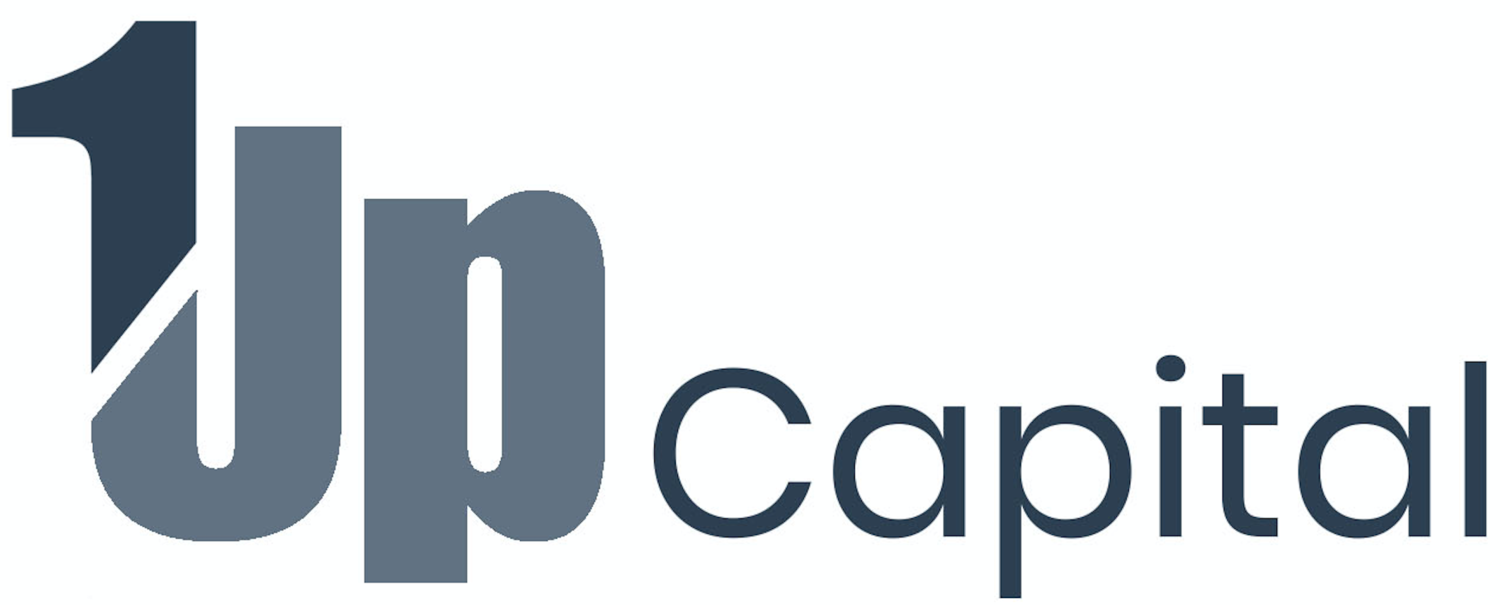101: financing accounts receivable
Accounts receivable financing for developers and studios
Fed up with cash flow gaps due to delayed payouts by ad networks and app distribution platforms? It is important to fully utilise your receivables to allow for the acceleration of your growth; accounts receivable financing is a topic tackled by few developers but one that is beneficial to all. In this insight article, we’ll elaborate on how you can work with your accounts receivable and whether it’s suitable for you.
What are accounts receivable?
By definition, Accounts Receivable (AR) is the balance of money due to a firm for goods or services delivered or used but not yet paid for. In the world of mobile apps and games, it is the developer who is being owed revenue already generated on an ad network or an app store. The money which is due to be received.
What are the impacts on cash flow?
Let’s say you have organically acquired the first users who are now starting to spend on our Game or App. After 30-90 days - depending on the platform and ad-network - you have finally received money from these users and are now looking to start your first UA campaigns. Moving forward a few weeks: your UA campaign has been successful and actually acquired more spending users but the campaign ran out of money. Now you need to wait another 30-90 days until the user’s money from your paid UA campaign hits your account. Once it does, the cycle starts from the beginning and so does your cash flow.
Game and App studios just like any other business need cash flow to finance day to day activities and operations. By not having access to such cash flows, you risk being forced to put your user acquisition campaigns on halt or even going out of business entirely. This is why it is important to manage your cash flow carefully or to start considering receivable-backed financing and user acquisition funding.
What is receivable backed financing?
Receivable backed financing, which is also known as user acquisition funding, invoice financing or discount financing, is a type of asset-based advance that will allow you to obtain short-term financing using your accounts receivable as collateral. The duration of the loan typically ends with the ad network or app distribution platform paying the invoice.
Factoring is a term you will come across on your journey to optimise your accounts receivable. In essence, the difference between invoice financing and factoring concerns the ownership of the invoice. In invoice financing you will retain ownership whereas in factoring you are selling the unpaid invoice so that the company buying it from you, known as the factor, has to deal with the settlement of the invoice. A key thing that makes factoring an attractive option is that while the bank will have to consider your credit score to measure your creditworthiness before they can give you a loan, a factoring or invoice financing company will look at your customers before placing a value on your invoice. In your case it will most likely be the platform or ad networks, so you do not have to worry about not being accepted or have to worry about your own credit score.
There are two key components to factoring: the advance payment rate and the factoring rate. The factoring or financing rate refers to the fee that the company will charge and the advance payment is the amount the company will pay out to you on the contractual start date. Typically, the factoring rate is variable and linked to the time it takes to pay the invoice back; the longer it takes to pay back the higher the factoring rate. Factoring is a volume business and, therefore, developers with larger volumes or invoices get lower rates. The factoring rate is usually dependent on three things: your industry, credit quality of your clients, and your business stability. Here are some factoring rates across different industries:
Digital businesses, however, due to their clients being major app stores or ad networks typically get more favourable rates than the ones quoted above. Volume and payout dates also play an important role for determining the fees. Overall, rates in the gaming and app industry are in the bottom percentile.
Benefits of using receivable backed financing:
1. Acceleration of cash flow: App stores can take up to 60 days after the end of the month to pay you and mobile ad networks can take even longer. Financing your accounts receivable provides a clear benefit here as it gives you access to the locked up cash and, therefore, accelerates your cash flow instead of waiting for the payout.
2. Increase in growth: The increase in cash flow means that you can re-invest quicker into growing your user base, allowing you to maintain your growth trajectory. But it can also slow your burn rate as you can invest this money on your day to day business activities.
3. No dilution, no debt: An important reason to consider accounts receivable financing or user acquisition funding is that because the financing company is buying your receivables it means that you are not taking up any debt or diluting your own equity.
Choosing the right partner
At 1Up Capital, we help digital businesses to overcome the financial and marketing challenges while self-publishing their titles. With us, you get to keep full ownership of your company and IP while staying debt free when we finance your growth. You will be able to track all on our real-time dashboard where we provide transparent information on user acquisition funding and cash flows. On top of that, you will receive expert support on ad campaign execution and optimisation, customised to your needs.
Get in touch with our teams to discuss your funding and financing needs!


